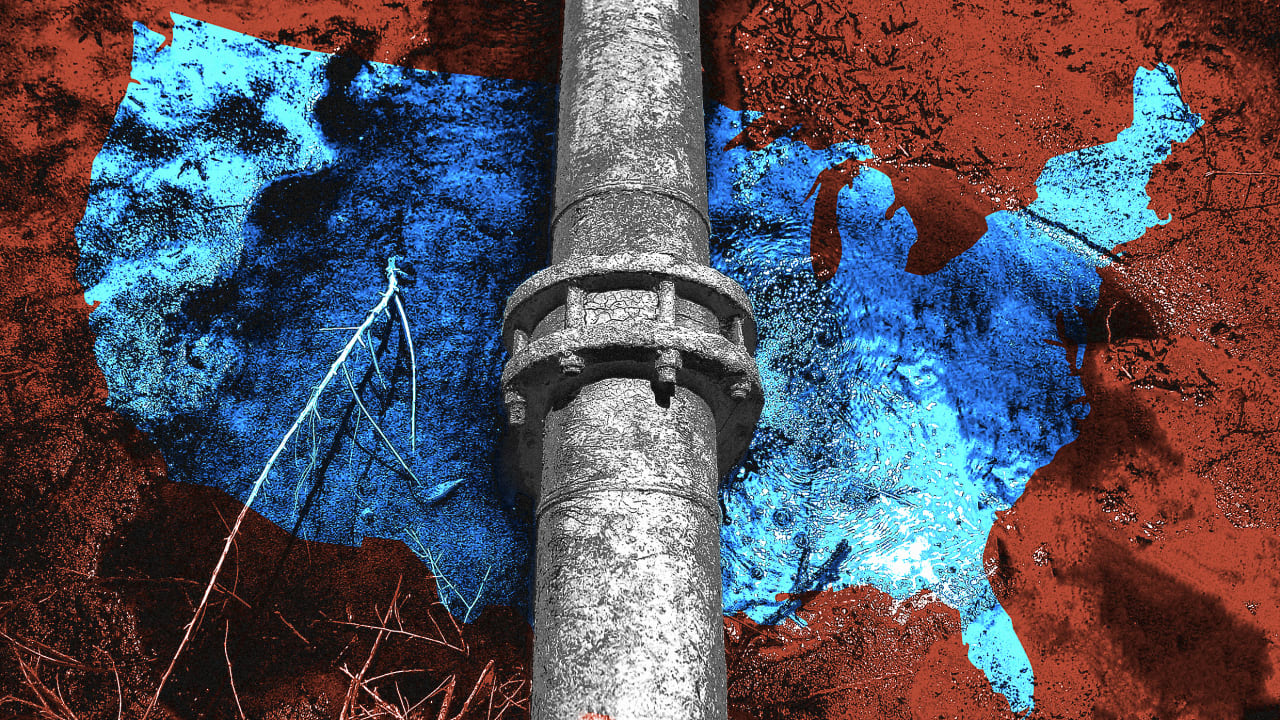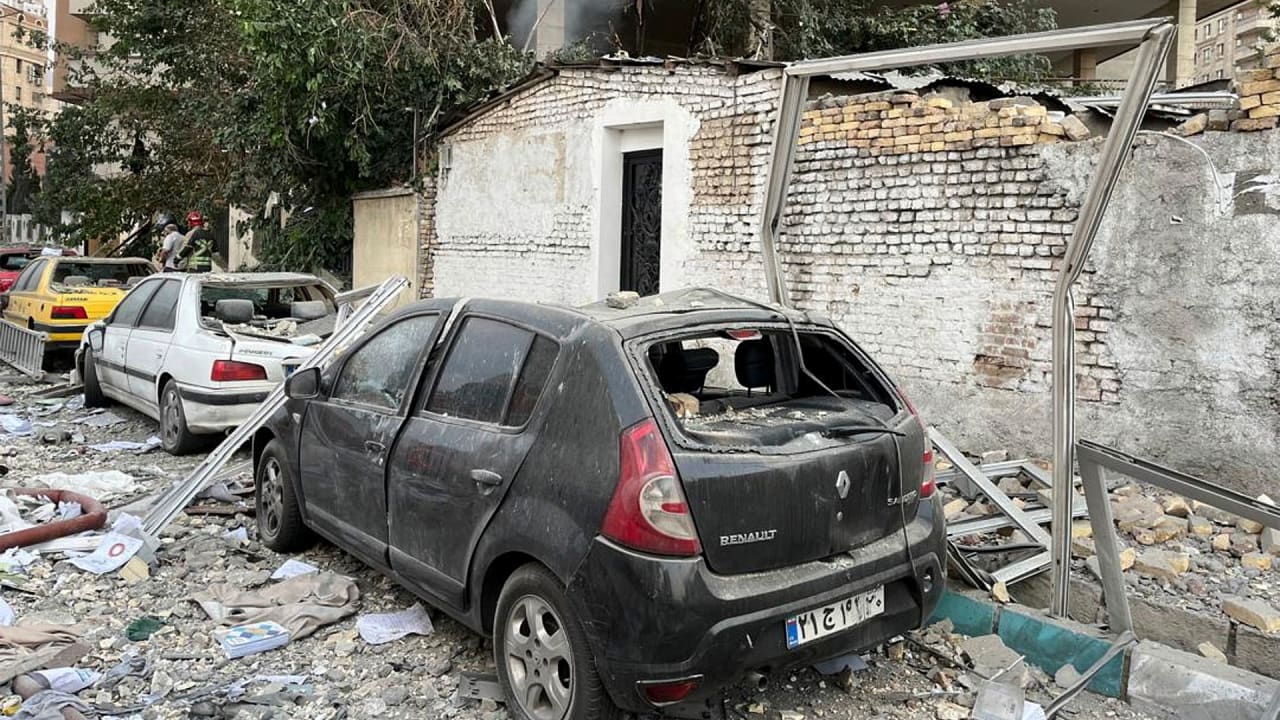Nine Tips to Grill More Safely This Summer
And the tools you'll probably want to invest in.

We may earn a commission from links on this page.
Grilling season is in full effect. Father's Day is quickly approaching and it's not too early to plan your Fourth of July—the United States' unofficial national grilling holiday. And if you're not celebrating any of that, charring meat outside with good friends is a worthy enough celebration. Whether you’ve hosted a few burger sessions already this summer, or you’ve wheeled in your very first charcoal grill, it’s important to brush up on your safety before you strike a match. Here are the things you should do and the tools you might need, before, during, and after the last dog comes off the grill.
Before you grill
Safety begins before the food starts cooking. Get your grilling area ready by keeping these things in mind:
Placement is key: In the event that a stray spark flies, or a wicked flare-up occurs, you want to be well clear of anything that could catch fire. Grills, especially charcoal grills, should be at least 10 feet away from the house, railings, overhanging tree branches, and anything combustible. For gas grills, check your city's fire code for distance minimums. (Here's the NYC grilling "tool kit".) After browsing a few different fire codes, 10 feet seems to be the way to go. Make sure you’re grilling in an outdoor, open area so no carbon monoxide can build up. If you're grilling under a tent—technically you shouldn't be—the top should be 10 feet high, and it should be one without walls so air can flow freely.
Establish a safety zone: With kids running around and dogs catching frisbees across the yard, it’s easy to get caught up in the moment. It doesn’t hurt to establish a defined circle around your grill that’s a “no-go zone.” Use bright colorful chalk for concrete, environmentally friendly field marking spray for grass, or just set up a ring of coolers so kids don’t wander in unknowingly.
Get the fire extinguisher ready: Of course, you have a fire extinguisher, right? Get one. Get two. It’s a small price to pay for safety, and you’d be kicking yourself for not spending 30 bucks if you suddenly had to pay $3,000 for siding repairs. Put the fire extinguisher in an obvious place so you and everyone else knows where to find it if there’s an emergency.
While you're grilling
OK, it's time for the main event. While you're grilling, remember to:
Open the lid before lighting: Gas can build up under the domed lid of your gas grill if you keep the lid down. Before clicking the ignition button, make sure the lid is open. Not only does this allow any built up gas to dissipate, but you’ll be able to check out how the flames are doing.
Use a charcoal chimney: Charcoal grills don’t have an ignition button, and that’s the beauty of it all. Instead of dousing your briquettes in lighter fluid, which can flare up (and later possibly cause your food to taste of fumes), use a chimney. They’re fast, simple, and safe to use. Not only do well-seasoned grill masters use them, but they’re a good way to build confidence as a novice. Plus you can grill veggies right on top of the chimney while you wait for the charcoals to get ready. While you're at it, you'll need these too—extra long grill matches and biomass chimney starter bricks.
Clean your grill: Not only does your food deserve to taste its best (not seared with old grease and potential bacterial build-up), but giving your grill a clean before adding your fresh food can reduce grease fires. Here's a harrowing tale with tips on deep-cleaning your gas grill, and a less scary situation with tips on cleaning your charcoal grill. Aside from deep-cleans done once a month or so depending on your grilling proclivities, every grilling session you should scrub the grates after heating up the grill but before adding your food. That way the oils and crud have warmed up and they'll be more likely to budge. While some folks use grill brushes, my family fears loose wire bristles, so we've always used wadded up aluminum foil clenched by long grill tongs. Simply scrub the balled-up foil along each grate bar before adding food.
Don't wander off: Any time you have an open flame, you should be close enough to keep an eye on it. If that goes for your vanilla-chai scented candles, it definitely goes for grills.
After the grilling is done
Your burgers and dogs are cooked to perfection! But your job is not yet complete. Now you need to:
Clean your grill... again: You may have scrubbed your grates before grilling, but it won't hurt to clean it up again. This is especially true and considerate if you're using a shared grill like in a public park. Use that foil trick or a sturdy (bristle-free) brush.
Dispose of your coals properly: Once the coals and ashes are completely cool, you can wrap them in aluminum foil and put them in a metal can with a tight fitting lid. This could be a small coffee can, or a metal trash can that you use specifically for this purpose. Public parks should already have cans like this nearby. Make sure the coals are in an outdoor trash can for pickup.
Once you have the right tools by your side and you've checked these cautionary items off your mental checklist, you’ll be ready for a heck of a grilling season.







































































![https //g.co/recover for help [1-866-719-1006]](https://newsquo.com/uploads/images/202506/image_430x256_684949454da3e.jpg)
























![[PATREON EXCLUSIVE] The Power of No: How to Say It, Mean It, and Lead with It](https://tpgblog.com/wp-content/uploads/2025/06/just-say-no.jpg?#)




























































